Jonathan Schofield looks in depth at the recent TV programme and what it didn't say about Manchester
The four recent Manctopia episodes set out with an idea. They were to be an exercise in ‘us and them’ but the conceit behind the programme crashed against the barrier of reality. The title of the programme was a provocation that ended up meaningless. There’s utopia and there’s dystopia and then, strictly speaking, you run out of ‘topias’. There isn’t an ‘It’s-not-so-simple-is-it-topia’.
All it revealed was a city in transition and people living in different economic circumstances. Well, that's all cities.
This was a problem for the programme as was the clunky dialogue, with a gentle voice-over from Sally Lindsay. The script was often ridiculous. My favourite line was ‘Will a building boom make or break Manchester?’ What did this even mean? The simple answer was, ‘No, don’t be bloody stupid’.
Up and away in the blue, blue sky and then back to earth
Repetition was another issue. At times Manctopia was an extended advertisement for the Deansgate Square development with a drone dramatically swooping round the four towers in blistering sunshine. In every episode the same whizzing shot seemed repeated about forty times, as was the one in which a view straight up one of the towers showed a 747 buzzing above at 40,000ft. Jetset on the plane, jetset in the tower. The implication was obvious.
Then swoosh we were in an apartment watching as breathless and enthusiastic estate agents and letting managers showed equally breathless and enthusiastic would-be tenants the completed West Tower of the complex.
There were giddy discussions with the building managers of a target of 75 (I think) apartments having to be let in under four minutes - something like that. Then, ker-ching! It turned out more than a hundred had been let in a little over five minutes. We were in and out of those apartments so many times across four weeks and four hour long episodes us viewers didn’t need to let one because it felt we already lived there.
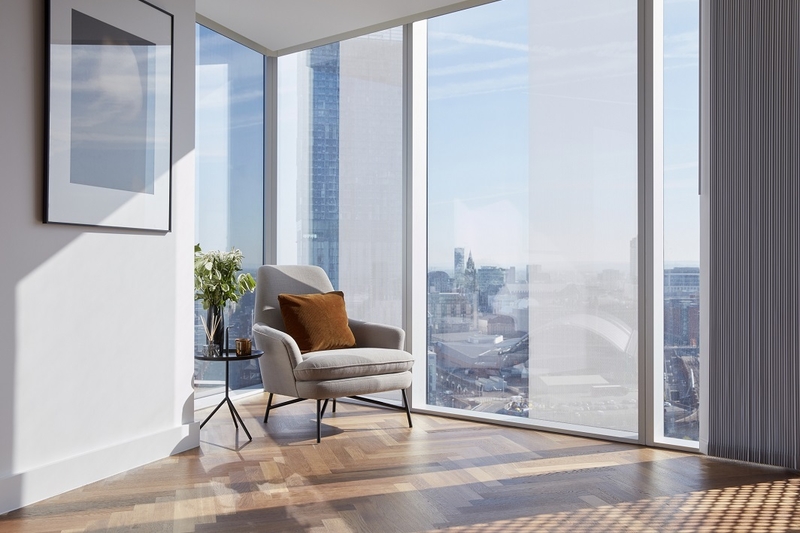
Then, suddenly swoosh we’d be off to Winton, Pendleton or Buile Hill Park in Salford to show how the other half lived. The drone appeared to be largely broken in Salford, or maybe refused to work, but was back up and running for the last episode in Collyhurst, Manchester. In these areas all the 'apartments' had vanished and people lived in 'flats' which appeared to be very similar to apartments except there were fewer drones swooping around. Oh, and it wasn’t always sunny with 747s overhead. And there were people with opinions and problems rather than ones just saying ‘ooh look at the view’.
These parts of the programme featured a resident trying to find new accommodation such as the patient Christine in Winton who had been given one of those evil Section 26a no-fault eviction notices. There was indefatigable Mary fighting for Buile Hill who wanted the best for potentially one of the most beautiful parks in the region. There were the impressive two Annes from Collyhurst battling for the retention of their little seventies housing estate. Oddly, in these areas there seemed to be no men involved. Again and again, in my experience, it’s females who lead the communities.
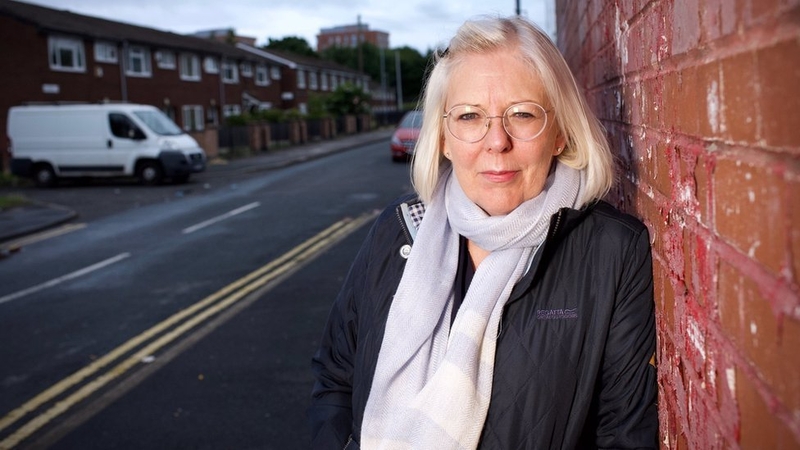
A separate programme suddenly evolved
Tolstoy opened the novel Anna Karenina with: ‘All happy families are alike; each unhappy family is unhappy in its own way’. So he wrote about the unhappy one because there lay the drama. So it was with Manctopia. The wealthy would-be tenants on the show, no matter the clothes, looked the same, went to similar places and ate in similar restaurants, the stories of the less fortunate in Manctopia were ten times more engaging.
One of the strongest elements was the attention given to the struggles of the homeless in Manctopia. These were good but seemed to belong to another programme entirely, a more important one about a national disgrace.
In the first episode the story of Richard and Michael and their friendship was truly heart-rending. The mini-redemption the eloquent Richard found on being moved from a shelter into his own flat brought a lump to the throat. Meanwhile the homeless group who had taken over an empty NHS unit in Salford and had made it safe for themselves, led by a brave young woman called Stacey, was equally moving. Of course as is the way with TV who knows in the end - right now in other words - what has become of Richard and Stacey? It'd be good to think they found their feet permanently.
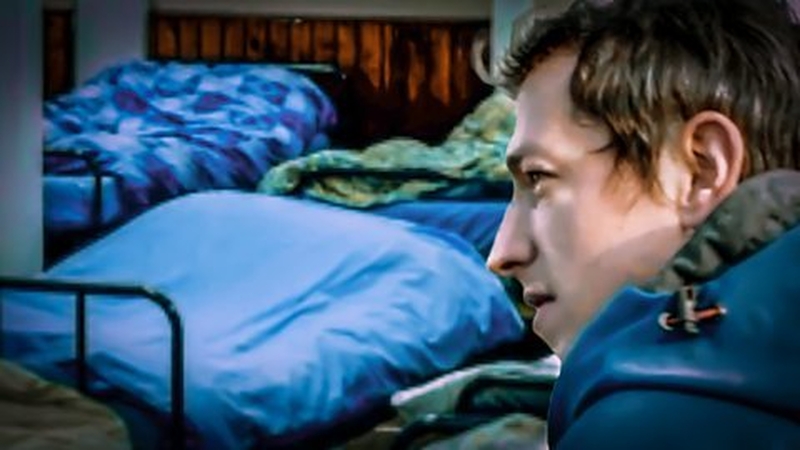
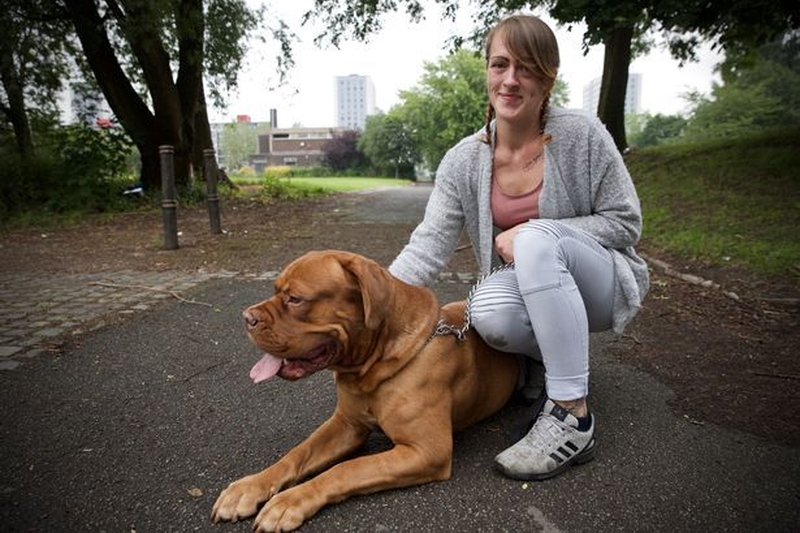
The Mayor and The Developer
The two main male protagonists were both sympathetic characters.
Mayor of Salford, Paul Dennett, was strong on politics. He lives in a high-rise council flat and is a principled man who appears to genuine live up to these principles. “Would you ever exercise your right to buy?” he was asked. “I don’t believe there should be a right to buy,” he said before elaborating on the fact that such properties were built by councils to house the lower income brackets and should have always remained council owned.
As the lead on housing for Greater Manchester, he works hard to increase social housing and provide more affordable homes. He responds to his public as well. Buile Hill Park has a wrecked but regionally important hall, it’s a scandal that Salford Council, before Dennett’s time, let it go to ruin. It presently stands next to a large area of equally wrecked outbuildings called 'the depot'.
A proposal for the 'depot' showed how it could have provided the site with 60 affordable homes and the income from them could have restored the hall. Sadly for Dennett and Buile Hill Park, local resistance to a private development in a public park stymied the scheme. The locals saw it as the thin-end of commercial wedge with the words ‘greedy developer' bandied about. The result is the mansion will remain an eyesore not an asset, because the money isn’t there and doesn’t look like it will be anytime soon. `I respected the resident’s but thought they got it wrong. The easiest word to say in the world is ‘no’.
“It’s difficult to talk about change, people are afraid of it,” said Tim Heatley of Capital & Centric. His company would have been the Buile Hill Park developer. If Heatley was supposed to represent the ‘greedy developer’ on Manctopia then the notion failed. Whether it was with Buile Hill or, the focus here, the Crusader or Phoenix schemes behind Piccadilly Station, now monikered Piccadilly East, he was open and frank with customers or residents never shying away from talking to them eye-to-eye. The Piccadilly East schemes are unusual in the Manctopian boom as they are specifically for owner-occupiers. Heatley, a Salfordian himself, was unashamedly an entrepreneur and there is nothing wrong with that. He seemed was aware of his social responsibility as a successful businessman, but thought in the tight area of the city centre, which is only two square miles, the market should take the lead. I agree.
At this point it's worth noting that it was Paul Dennett, Mayor of Salford, who was filmed. The howling silence of any engagement from Manchester City Council in the filming of Manctopia was deafening. Manchester was approached, so the city leadership must have felt indifference, disdain or trepidation about being featured. I favour one of the first two options.

Buy to rent and more social housing
With the Buile Hill housing scheme Heatley kept emphasing the need to create stable communities.
To do so in the city centre is difficult. There are pockets where stable communities have formed, in Castlefield for example, but the city centre population is a churn. A big part of the problem is that most of the 12,000 or so apartments completing or going up in the central areas from the Quays to Collyhurst are financed by pension funds or by people buying off-plan from distant places or distant shores as investments and are aimed at a young demographic which by its transitory nature tends not to lead to the creation of stable communities.
Those distant buyers don’t care in the slightest about creating communities, they want a return through rent on their money spent. A real problem, which was mentioned just once, was that rental income is not only lost to the city but to the country as it leaches across the world.
In the end Manctopia was four long programmes about change and how people are affected by it. It was not about an ‘us and them’ situation. It missed another huge problem too. Salford Mayor, Paul Dennett is aware there are 97,000 people on the Greater Manchester housing waiting list. His target is to bring 50,000 affordable homes on-stream in the next twenty years across Greater Manchester plus extra social housing. The words 'Greater Manchester' are key here, because the bigger problems are away from the city centre and lie in the more distant suburbs and in the smaller towns.
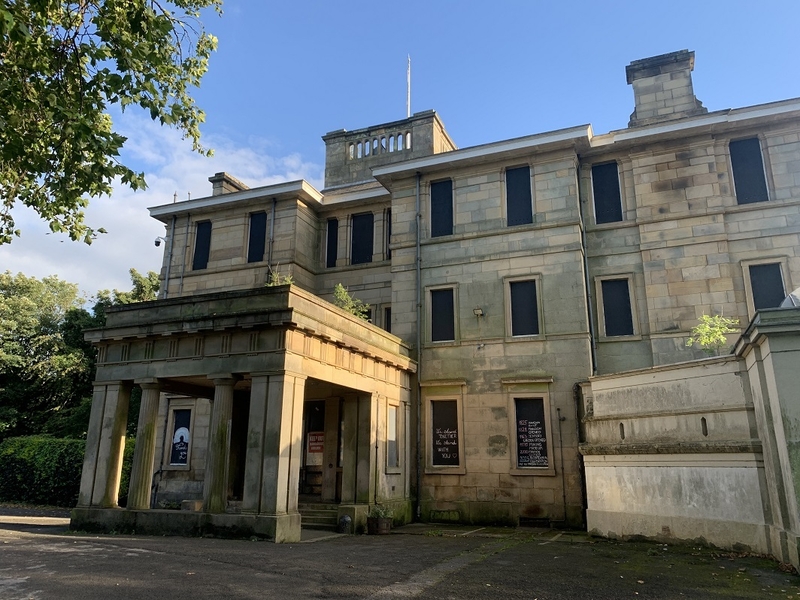
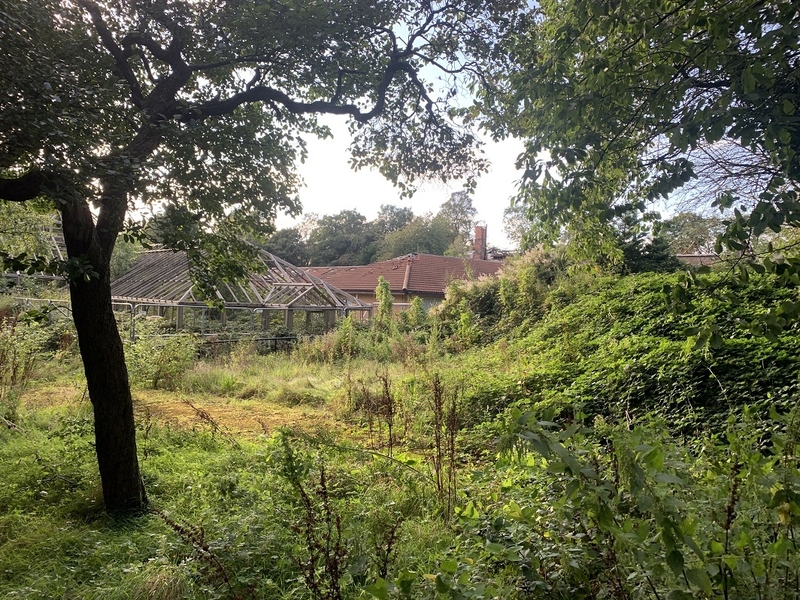
Manchester as the example
The city centre has its own momentum, a largely market-led momentum and the areas on its edge are being pulled into the vortex of its development. That creates tension but also makes for a more expansive and interesting central area, despite some really bad new architecture.
The momentum is good news economically as more population means more money is spent locally while it also fills in the gaps of brownfield sites, depopulated by slum clearances and industrial decline fifty plus years ago.
Take Collyhurst for example where the population is less than 10% of what it was post-WW2. This is the frontier between city centre and suburb where the Northern Gateway proposals plan for 15,000 new homes over a ten year period.
Welcoming a stay of execution for their 1970s Osborne Street Estate for at least five years (which may be indefinite,) Anne Worthington, who had been campaigning to keep their ‘good strong family homes’, remarked that she was, of course, aware that change is a constant and since the closure of the local pub some years ago, the areas was ‘not the place it once was’.
She's right, it's a shadow of what it was, but the point is, Collyhurst can rise again and the private money going into the vast 390 acre Northern Gateway area will help give it back a diverse life and an active role in the city. Council housing and social housing is proposed. For example in Anne’s area of 500 homes planned, 100 will be council, and of the remaining 400, a third will be social.
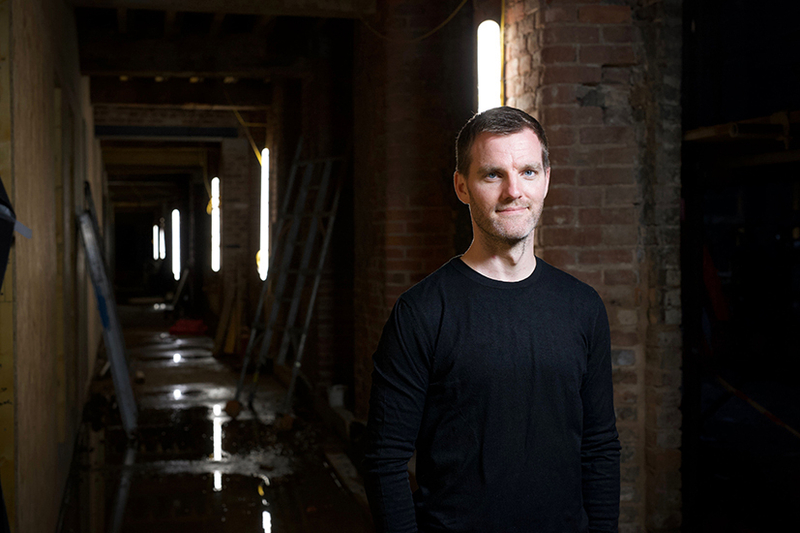
Manchester Council Leader Sir Richard Leese said to me recently in an interview, “Hypothetically, if we can build six social houses in the centre of the city and twelve social houses a mile away, we should build the twelve.”
Manctopia failed to knit all its elements together. If it emphasised anything it was that what is needed more than anything else are decent jobs with proper wages. Sir Richard Leese again, "Despite the successes of the last few years, we still haven't really recovered from the recession of the 1980s." That is an alarming thought given the current Covid-19 economic ramifications.
Several years ago I took journalist Jim McClellan around the city and what he wrote then applies now. “Manchester's scale makes the social processes more visible. You can see how things are developing. Where they might end is another matter. Perhaps it’ll be the first place to show us whether our new cities work.”
Manctopia offered no resolution to that sentiment. Let’s hope with leaders and entrepreneurs such as Paul Dennett, Tim Heatley, balanced by the activists of their communities, such as the women on this programme, we are at least moving in the right direction.
Of course we must question decisions, question planning proposals and push politicians and commercial concerns to explain their rationale behind these decisions. At the same time to decry new developments out of hand is unresasonable, to say these towers ‘are not for us’ is a failure to understand how cities work and a failure of the intellect
One of the guests on Manctopia said there weren’t enough top end, large foorplate, apartments in the city centre. There aren’t for a city with aspirations. There is certainly not sufficient affordable housing capacity away from the city centre. To even the situation out we need to fill in those gaps.
All four episodes of Manctopia: Billion Pound Property Boom are now available to watch on BBC iPlayer















